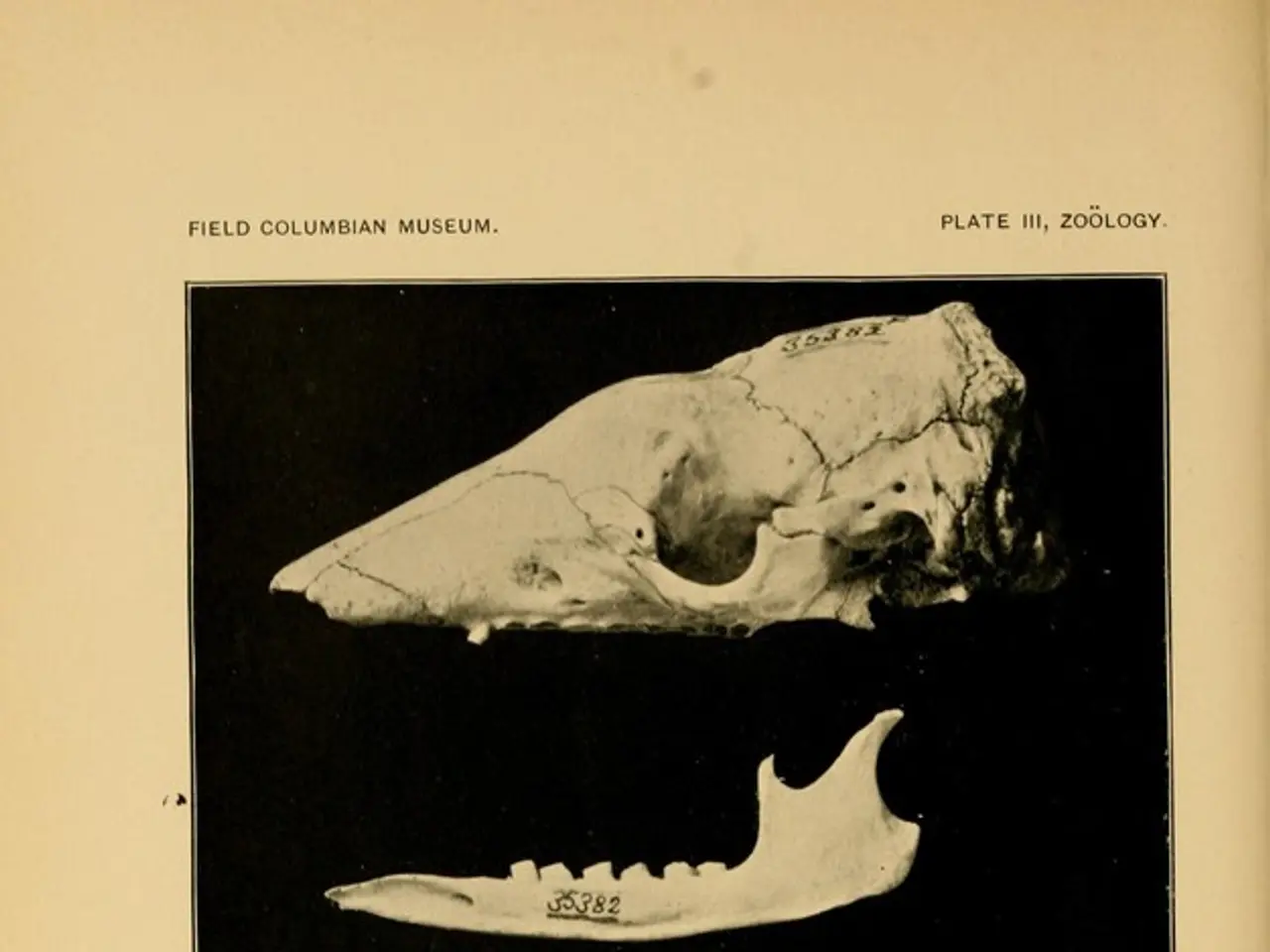Brain Structures Red Nucleus and Rubrospinal Tract: Delving into Their Influence on Motor Functions
The Red Nucleus and Rubrospinal Tract: Essential Players in Motor Coordination
The red nucleus and the rubrospinal tract, two crucial structures in the midbrain, play essential roles in motor coordination, particularly for the upper limbs. These structures serve as a relay center for motor signals, connecting with various regions such as the cerebellum, spinal cord, cerebral cortex, and basal ganglia.
The red nucleus is divided into two distinct regions: the parvocellular and magnocellular regions, each containing neurons that differ in size and function. This midbrain structure receives input from the cerebellum and cerebral cortex and sends output via the rubrospinal tract to spinal motor neurons.
The rubrospinal tract, originating from the red nucleus, is a descending motor pathway that facilitates motor control, particularly in coordinating upper limb movements. In humans, while it plays a secondary role compared to the corticospinal tract, it complements corticospinal control, especially for fine motor tasks and coordination.
The rubrospinal tract descends through the brainstem into the spinal cord, crossing over (decussating) to the opposite side of the brain. It helps in fine-tuning movements, ensuring smooth and precise execution. This pathway contributes to the fine control of distal limb muscles, supports posture and movement adjustments, and is instrumental in motor coordination, particularly those involving the arms and hands.
Disorders affecting the red nucleus and rubrospinal tract can impair motor coordination and produce movement abnormalities. Common symptoms resulting from damage to these structures include muscle weakness, loss of coordination, and difficulties in executing precise movements. Conditions such as midbrain strokes, neuroinflammatory or infectious lesions (e.g., neurocysticercosis involving the midbrain), or traumatic injury can damage the red nucleus.
The rubrospinal tract interacts with the corticospinal tract to refine motor actions and provide alternative pathways for movement, especially when the corticospinal tract is damaged. It is part of a complex network involving the cerebellum, basal ganglia, and various sensory systems, ensuring movements are adapted based on sensory feedback and environmental interactions.
Neurons in the red nucleus use the neurotransmitter glutamate, which is crucial for sending excitatory signals to initiate and modulate movement. The red nucleus has a reddish hue due to its high iron content, and it is located within the midbrain, a region deep in the brainstem.
Accurate diagnosis of diseases affecting the red nucleus or rubrospinal tract often requires a combination of neurological examinations, imaging studies, and sometimes, electrophysiological testing. Treatment for diseases affecting these structures varies depending on the underlying condition, with medications and rehabilitative therapies being common approaches.
Certain neurological diseases like Parkinson's directly impact the red nucleus and rubrospinal tract, leading to motor symptoms such as tremors, rigidity, and bradykinesia (slowness of movement). The rubrospinal tract helps in maintaining balance and stability during movement, helping coordinate muscle actions necessary for upright posture and smooth walking. It also plays a pivotal role in the refinement and coordination of fine motor skills, essential for daily activities such as writing, typing, or playing a musical instrument.





